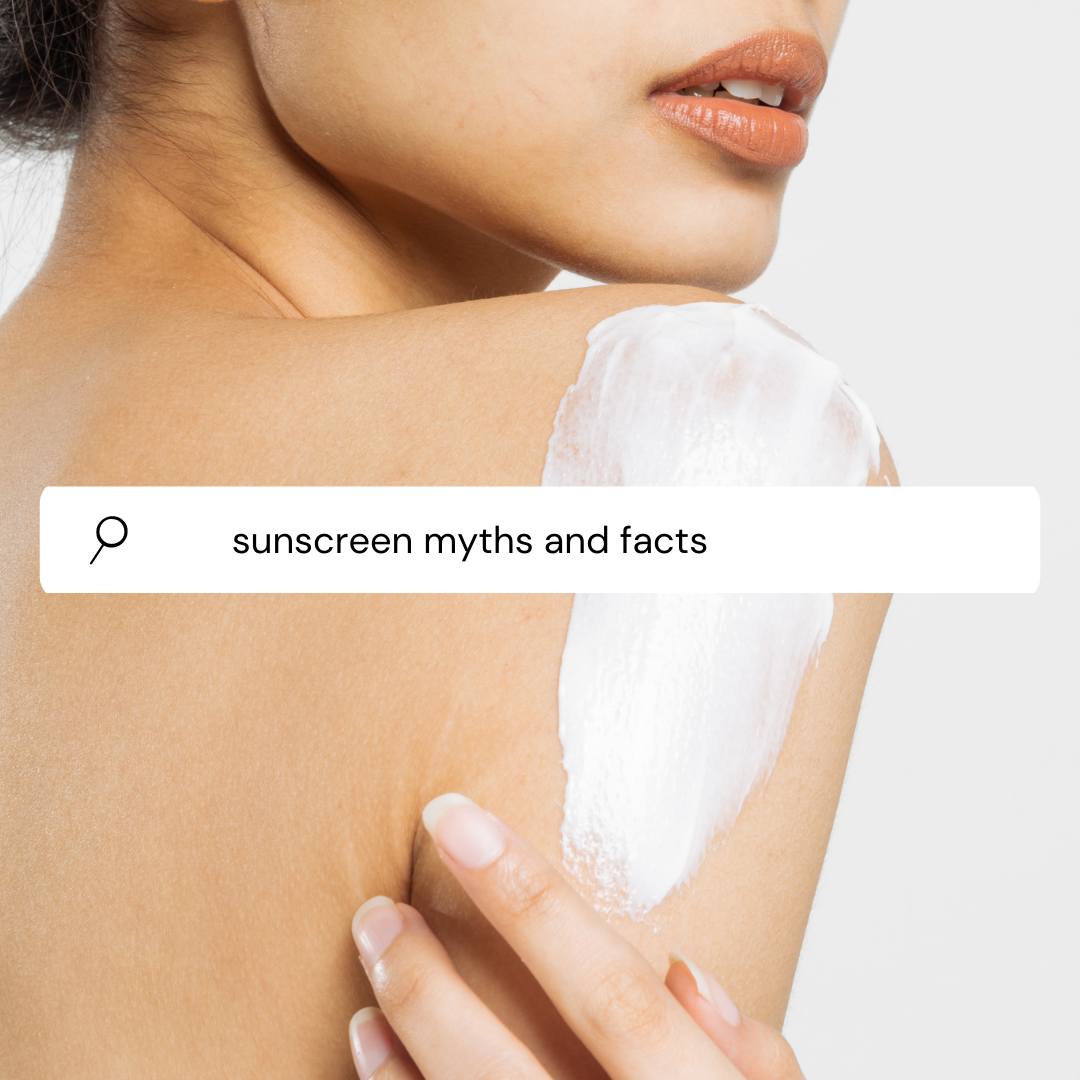Sunscreen, Vitamin D Deficiency and Vitamin D Foods
Vitamin D doesn't get as much attention as Vitamin A, Vitamin B and Vitamin C, although it is functionally just as important, if not more.
There has been a growing push for daily sunscreen use and for a good reason.
Using sunscreen daily not only prevents skin cancer, it has also been clinically proven to protect the skin from premature skin ageing.
At the other end of the spectrum, could daily sunscreen use affect our body’s ability to synthesise Vitamin D and thus, putting our community at risk of Vitamin D deficiency? The Australian Bureau of Statistics estimates that just under one in four (23%) Australian adults are vitamin D deficient and similar statistics are also occurring worldwide. It is also important to note the rate of Vitamin D deficiency also differs between each geographical region, season and ethnicity.
Why Vitamin D is important
Vitamin D is a hormone and plays many important roles including the absorption of calcium which is essential for keeping our bones strong and teeth healthy. It’s also been found to play a vital role in preventing osteoporosis, maintaining muscle strength, reduce the risk of CVD, glucose metabolism as well mood regulation.
Our sources of Vitamin D can come from food, supplements and UVB energy from sunlight. Yes, you heard that right! We do need some amount of natural sunlight.
Table 1 illustrates how much sunlight you need per day for adequate Vitamin D synthesis. Please note, this is a guide only and may differ slightly for each individual person.
|
Table 1: Sun exposure estimates Source: Department of Health, Western Australia |
|||
|
|
Summer |
Spring/Autumn |
Winter |
|
Fair skin |
10 minutes |
20 minutes |
30 minutes |
|
Dark skin |
20 minutes |
60 minutes |
90 minutes |
So if we don’t have a balanced diet, don’t take a Vitamin D supplement and we are covering ourselves liberally with sunscreen, are we putting ourselves at risk of Vitamin D deficiency?
There is a ton of studies on this and one notable peer-reviewed study was published by the British Journal of Dermatology. The study reviewed 76 studies in total and concluded that there is little evidence sunscreen use decreases 25(OH)D concentration when used in real-life settings.
However, it also stated that these experimental studies and observational studies were conducted using the lower SPF 16. The studies suggested it could also be because people were using less than recommended amount or not re-applying every 4hrs as required.
There is currently a lack of adequate evidence regarding the use of higher sun protection factor sunscreens that are now recommended and widely used. While the experimental studies support the theoretical risk that sunscreen use may affect vitamin D, the weight of evidence from field trials and observational studies suggests that the risk is low.
From a professional perspective as a pharmacist, it would be interesting to see the effects of high SPF on Vitamin D levels, such as SPF30+ and SPF50+.
While the theoretical risk is low, other factors also need to be taken into consideration such as ethnicity, lifestyle and diet.
Professionally, I would still recommend the use of higher SPF sunscreen because the risks associated with skin cancer and premature ageing due to inadequate sunscreen is still far greater than the theoretical risk of Vitamin D deficiency. Here are three reasons for this:
- Theoretically, when sunscreen is applied as recommended, it tends to reduce only 55% of the free radical formation (this is why we recommend covering up with a long sleeve shirt and hat as well). This means the exposed areas on the skin will still be subjected to a small amount of UVB, thus allowing Vitamin D precursor in our skin to be activated into D3,
- We only need limited exposure to sunlight for Vitamin D synthesis and;
- Vitamin D can also come from the foods we consume daily before we need to think about supplementation.
Vitamin D Foods
|
Table 2: Vitamin D Content of Selected Foods Source: National Institute of Health |
|||
|
Food |
Micrograms |
International |
Percent DV* |
|
Cod liver oil, 1 tablespoon |
34.0 |
1,360 |
170 |
|
Trout (rainbow), farmed, cooked, 3 ounces |
16.2 |
645 |
81 |
|
Salmon (sockeye), cooked, 3 ounces |
14.2 |
570 |
71 |
|
Mushrooms, white, raw, sliced, exposed to UV light, ½ cup |
9.2 |
366 |
46 |
|
Milk, 2% milkfat, vitamin D fortified, 1 cup |
2.9 |
120 |
15 |
|
Soy, almond, and oat milks, vitamin D fortified, various brands, 1 cup |
2.5-3.6 |
100-144 |
13-18 |
|
Ready-to-eat cereal, fortified with 10% of the DV for vitamin D, 1 serving |
2.0 |
80 |
10 |
|
Sardines (Atlantic), canned in oil, drained, 2 sardines |
1.2 |
46 |
6 |
|
Egg, 1 large, scrambled** |
1.1 |
44 |
6 |
|
Liver, beef, braised, 3 ounces |
1.0 |
42 |
5 |
|
Tuna fish (light), canned in water, drained, 3 ounces |
1.0 |
40 |
5 |
|
Cheese, cheddar, 1 ounce |
0.3 |
12 |
2 |
|
Mushrooms, portabella, raw, diced, ½ cup |
0.1 |
4 |
1 |
The only way to know if you are Vitamin D deficient is by getting a blood test.
If you are deficient in Vitamin D, the doctor will usually recommend a supplement of around 1000IU per day. Too much Vitamin D can also have harmful side effects. Vitamin D is a fat-soluble hormone and will accumulate inside the body when there is excess.
For this reason, we would only recommend dietary supplements under medical supervision. It is almost impossible to get Vitamin D toxicity from sunlight because the body's activation of Vitamin D precursor into D3 is tightly regulated via feedback mechanism.
Author: Helen Huynh B Pharm. MPS
References:
- Advanced Pharmaceutical Bulletin (2019)
- Vitamin D. Department of Health Western Australia
- Vitamin D: Fact Sheet for Health Professionals (2021) National Institute of Health
- Pregnancy Care Guidelines (47): Vitamin D Status (2019). Australian Government Department of Health
- Journal of Australian Family Physician (2014)



